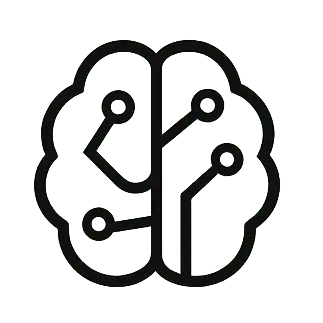TLDR: CXR-TFT is a new AI model that combines chest X-ray images, radiology reports, and high-frequency clinical data to predict future abnormal X-ray findings in ICU patients. It can forecast these changes up to 12-24 hours in advance, offering a significant improvement for early intervention in critical conditions like ARDS.
In intensive care units (ICUs), patients often face complex health challenges that demand constant attention and quick medical responses. Chest X-rays (CXRs) are a crucial diagnostic tool, offering vital clues about a patient’s health progression. However, these X-rays are not taken at regular intervals, which can limit their full potential in tracking a patient’s condition over time. Traditional methods for interpreting CXRs usually look at a single point in time, missing the dynamic changes that occur.
To overcome this limitation, researchers have introduced a groundbreaking new framework called CXR-TFT (Chest X-ray Temporal Fusion Transformer). This innovative multi-modal system combines various types of patient data: the often-irregularly acquired CXR images and their associated radiology reports, along with high-frequency clinical data such as vital signs, laboratory results, and respiratory flow sheets. The primary goal of CXR-TFT is to predict the future trajectory of CXR findings in critically ill patients.
How CXR-TFT Works
CXR-TFT operates by taking the visual information from CXR images and converting it into “latent embeddings” using a special vision encoder. These embeddings are essentially numerical representations that capture the key features of the X-ray. A clever aspect of CXR-TFT is how it handles the irregular timing of CXRs. It uses a technique called interpolation to align these image embeddings with hourly clinical data. This means that even if an X-ray wasn’t taken at a specific hour, the model can estimate what its embedding would have been, creating a continuous timeline of information.
Once all this diverse data is aligned, a sophisticated transformer model is trained. This model learns to predict future CXR embeddings hour by hour, based on the patient’s past X-ray embeddings and their ongoing clinical measurements. This “whole patient” approach allows for a much richer and more accurate understanding of acute clinical physiology.
Also Read:
- AI Model Enhances Lung CT Scans for Better Diagnosis and Prognosis
- AI System Enhances Shoulder Fracture Detection in X-rays
Key Findings and Impact
In a significant retrospective study involving 20,000 ICU patients, CXR-TFT demonstrated remarkable accuracy. It was able to forecast abnormal CXR findings up to 12 hours before these issues became visible on standard X-ray images. Furthermore, it maintained a high accuracy of 94% even 24 hours in advance of the next scan. This predictive capability is a substantial improvement over simply relying on the most recently recorded X-ray.
The ability to predict radiographic changes so far in advance has profound implications for patient care. For conditions like acute respiratory distress syndrome (ARDS), where early intervention is critical and diagnoses are often delayed, CXR-TFT could significantly enhance management. By providing early alerts about potential issues, it can accelerate clinical decision-making, potentially leading to earlier diagnostic imaging and timely medical interventions. For instance, the model might predict the development of pneumonia many hours before a clinical diagnosis, prompting earlier antibiotic treatment and potentially reducing complications.
Unlike previous research that often focused on broad categorizations (like “worsening” or “improving”) or predicting general outcomes (like mortality), CXR-TFT offers actionable predictions with distinctive temporal resolution. This means it can provide insights that clinical physicians can use directly at the patient’s bedside, reflecting important physiological changes at a much higher frequency than traditional, sparsely recorded CXRs alone.
While this study represents a significant step forward, the researchers acknowledge certain limitations, such as being a single-center study and the current practice of less frequent routine CXRs in ICUs. However, the work serves as a strong “proof of principle” that multi-modal prediction models, combining clinical time-series data with latent embeddings from vision-language models, can successfully predict future radiological findings. For more technical details, you can refer to the full research paper available here.


